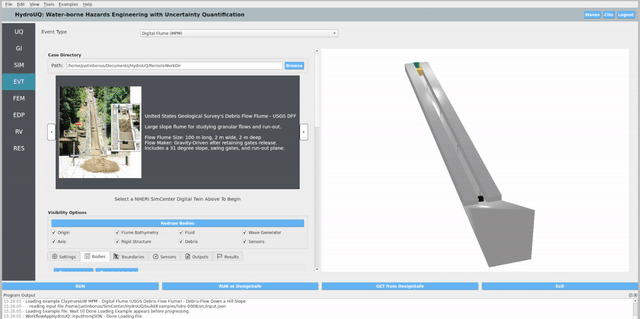4. Examples
Generate a stochastic wave loading on a simple frame structure using a stochastic wave spectra in a local UQ workflow. The wave loading is generated using a stochastic wave spectra (JONSWAP).
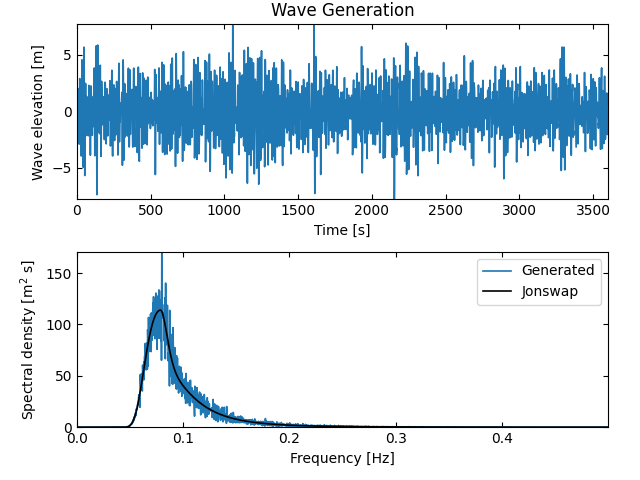
Forward sample an uncertain structure loaded by a wave maker piston's generated wave, all implemented in the high-performance Taichi Lang.
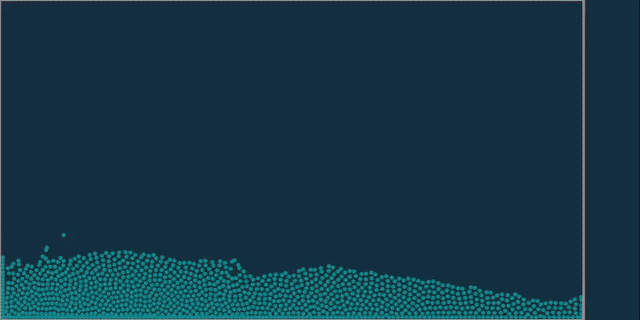
Forward sample a near-real time Celeris wave simulator. Replicates experiments on Seaside, Oregon, by Cox et al. 2008. Performed in Oregon State University's Directional Wave Basin.
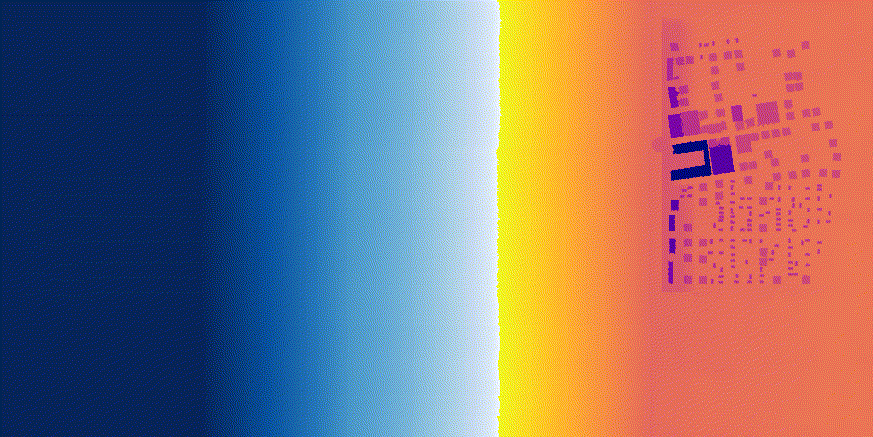
Forward sample a near-real time Celeris wave simulator. Replicates experiments in Oregon State University's Large Wave Flume, by Winter 2019 and Mascarenas 2022.
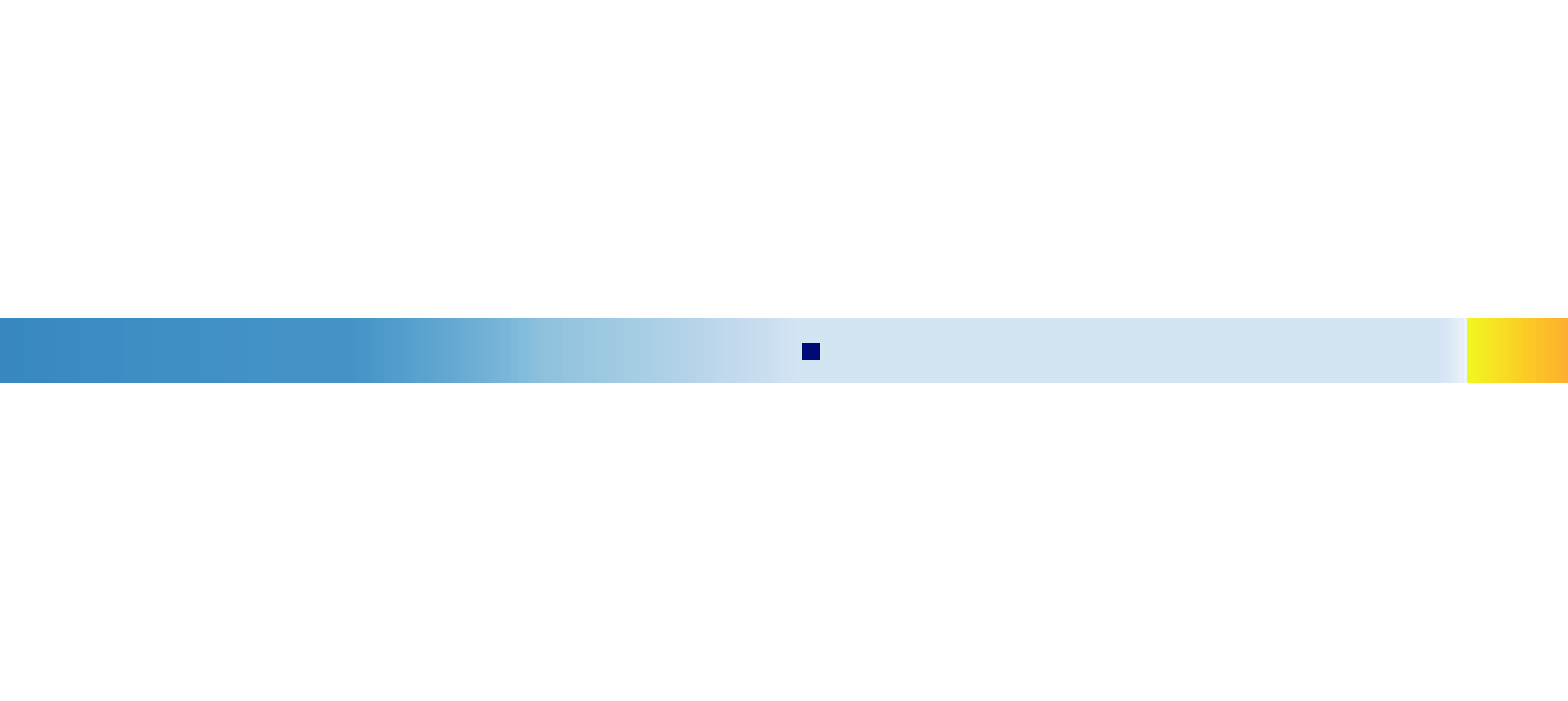
Forward sample a near-real time Celeris wave simulator. Studies the tsunami vulnerability of a school in Loiza, Puerto Rico, due to local bathymetry.

Simulating experiments by Dakota Mascarenas (2022) in the Oregon State University's Large Wave Flume (OSU LWF) using the Material Point Method (MPM). Impact loads of debris are quantified on a raised structure at a Froude scale of 1:10. The Material Point Method (MPM) is applied.
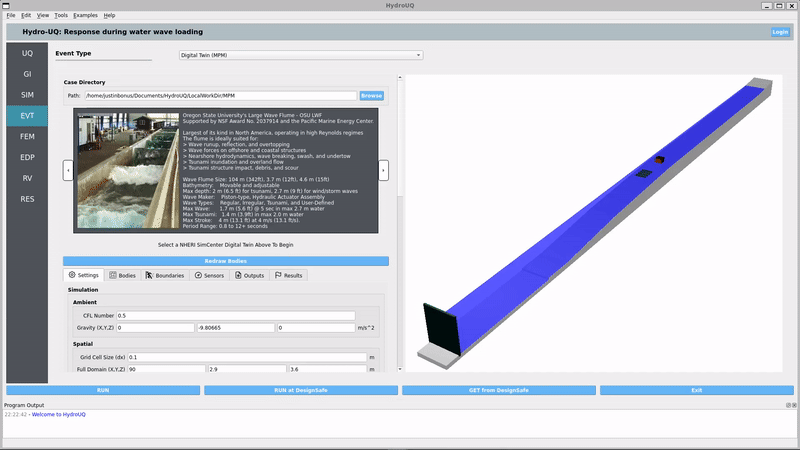
Simulating experiments by Park et al. 2021 in the Material Point Method (MPM). An array of debris is positioned on a dry, frictional bed and then a solitary wave generated by a piston breaks onto the bed and mobilizes debris.
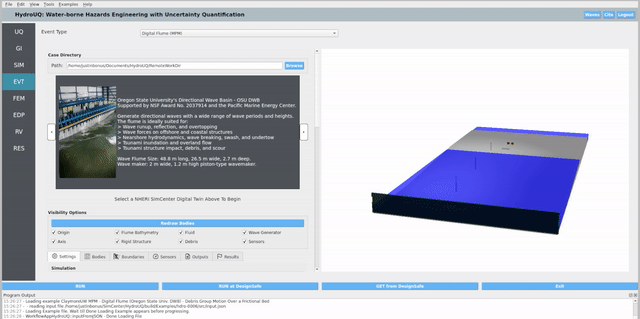
Simulating experiments by Lewis 2023 in the Material Point Method (MPM). A set of debris are placed into a steady-state flow in a flume. Impacts against a raised structural box are measured.
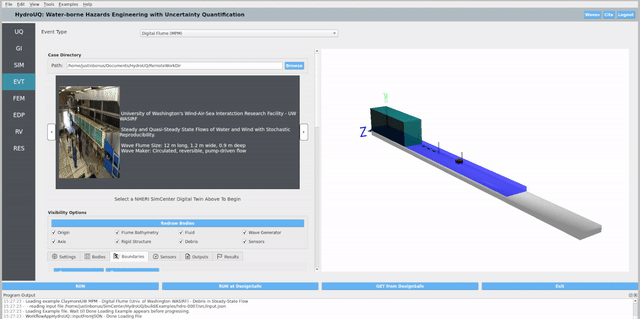
Simulating experiments by Nils Goseberg et al. (2016) in the Material Point Method (MPM) regarding debris motion through varied arrays of square column obstacles. Debris represent 1:40 Froude scaled shipping containers in a port setting.
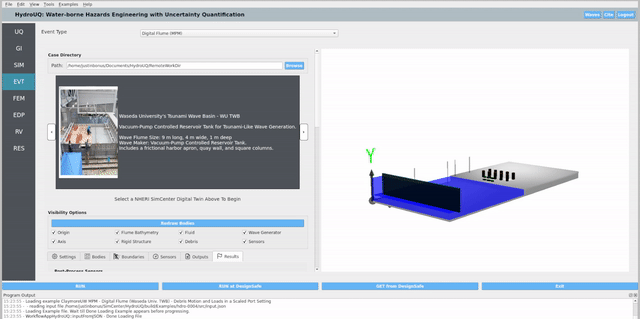
Simulating experiments by Iverson 2016 in the Material Point Method (MPM). A mass of dry sand is positioned atop a hill-slope and then suddenly released. The mass flows down the highly frictional slope and impacts a raised structural box at the bottom.
